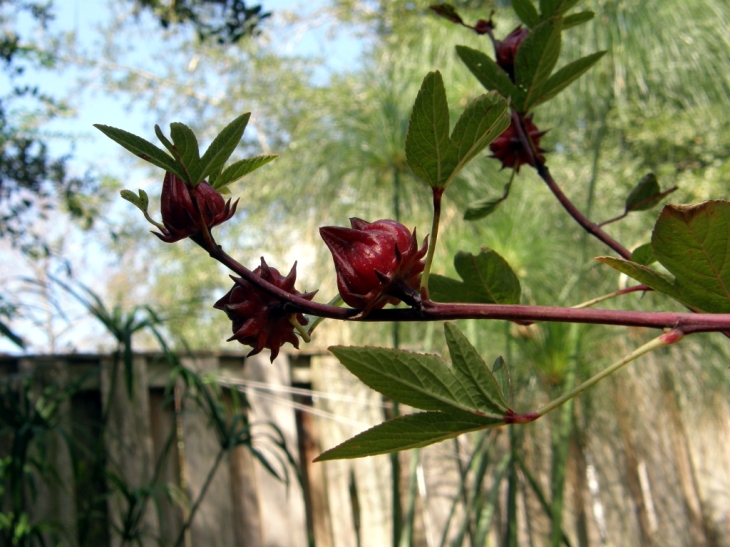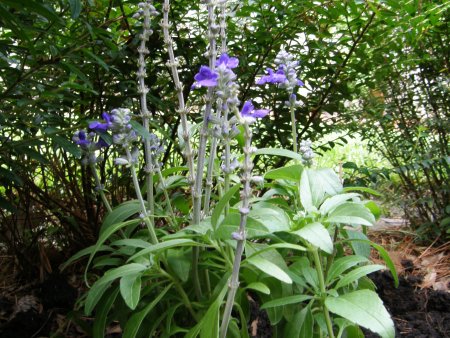June 2010



This was a gift, and I’m told it will grow any where under any conditions in Houston. I’m testing that – it’s planted in a shady, dry area. Turned out to be too dry and shady
I lost this in the winter of 2016-2017. The leaves began to wilt, then curl, then a white power covered the leaves. It looked a lot like Sudden Oak Death. I’m not sure if that effects Bay Trees? I cut it back to the ground assuming it was gone. Idk, it’s the very end of March after our Feb 2021 deep freeze, several stems looked green but turned out to be dead when I cut a few back. Gave up, cut them all back and there are a few leaves poking through the ground in late March.
I had a couple trees removed and now it gets morning sun and rain water, and a year later it’s about 3′ tall with a half dozen main branches. It’s turning into a beautiful plant.
Originally from Chile where it normally grows in moist coastal forests. Heavily exploited for its timber it is now a protected plant in Chile. It is also native to India, South and Central America, Russia and Asia.
Evergreen shrub to tree growing as tall as 50′ in proper conditions. It can also be pruned and maintained as a small shrub.
Leaves are used in cooking. Let dry several weeks before using, these are one of the few herbs that get stronger and more distinct after drying.
Propagation:
Difficult from seed, easier to propagate from stem cuttings or suckers that appear on roots.
Drought and heat tolerant, dies back to the ground after a head freeze but returns about a month later








You must be logged in to post a comment.